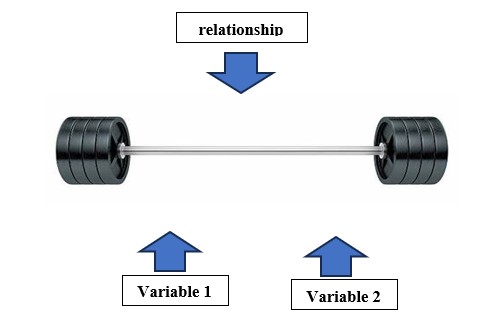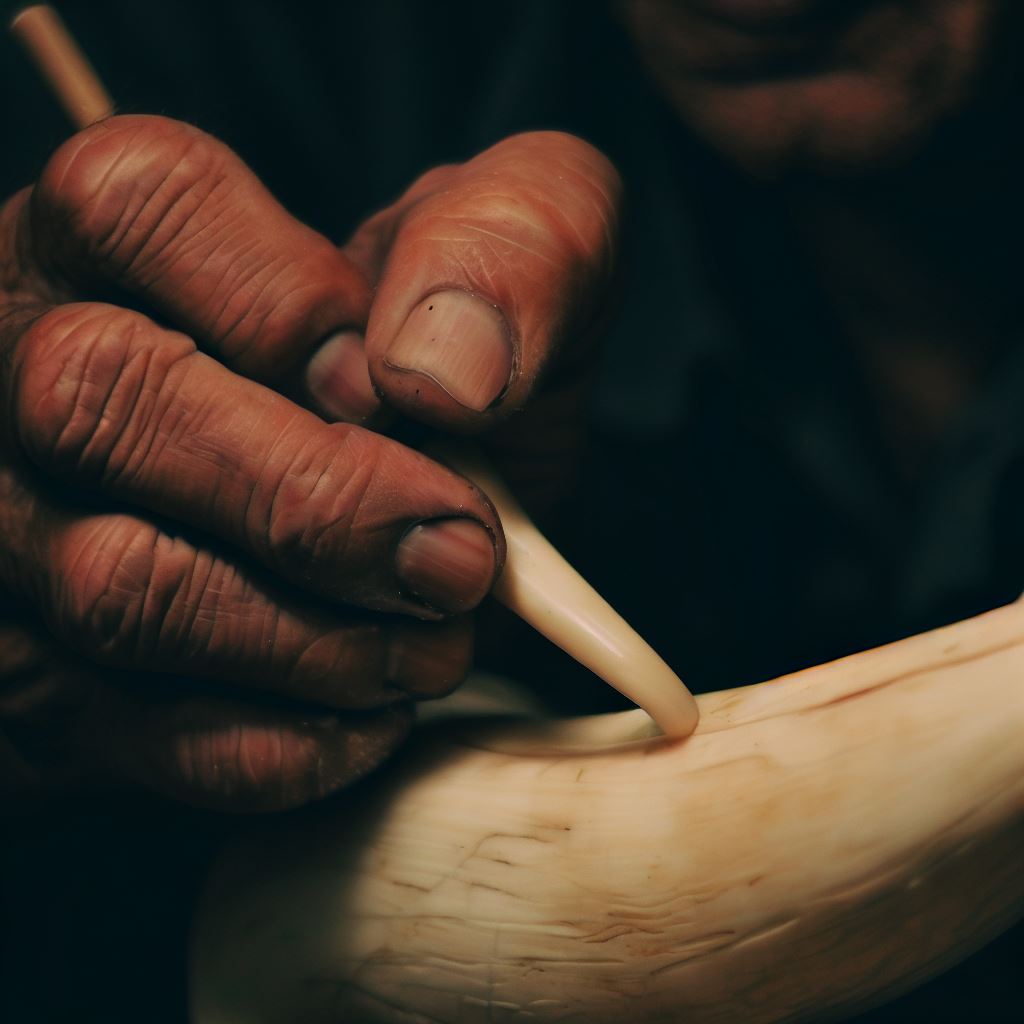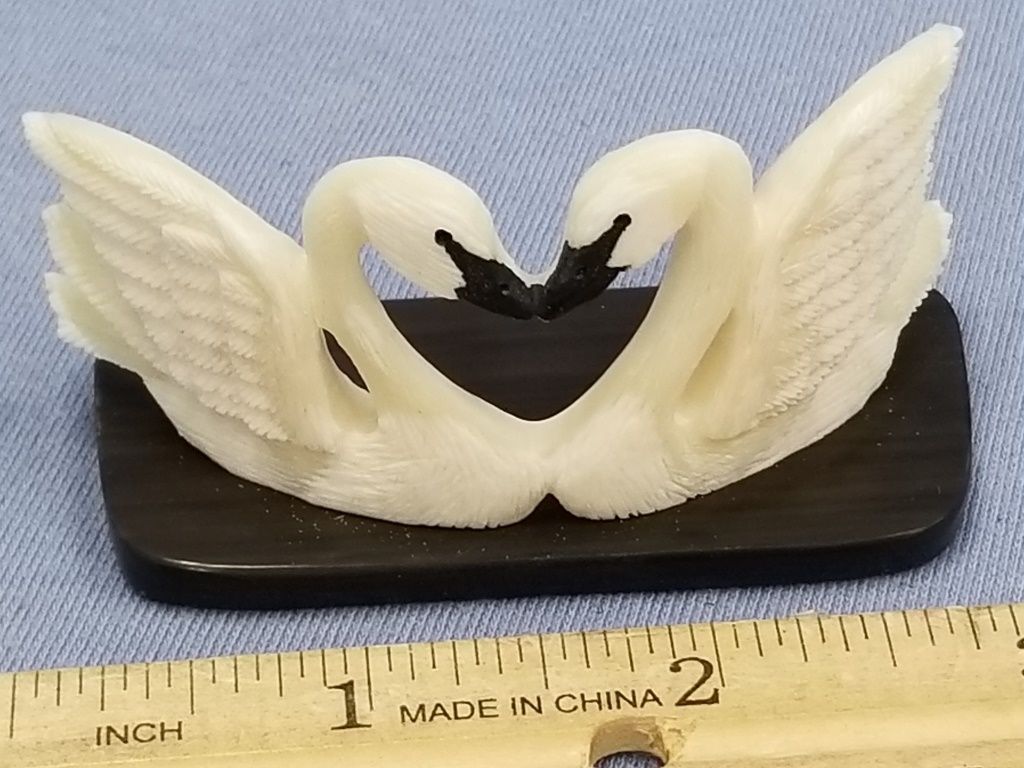LESSON 2.5
The Why Statement
You are next going to construct a Why Statement. It tells why the What Statement is true or important.
That said, here we will only discuss why the What Statement is important. We will leave off the discussion of why a What Statement is true. Because it is more complex, we will explore it in GWS, the Guthridge Writing System.
Review of the What Statement
In the previous lesson you learned that the What Statement is a short, simple sentence that tells readers what the document’s subject is. It consists of two variables (at least one of which must be New information) and a relationship between them. It looks like barbell, which is why is can be called The Barbell of Communication.

Why Have a Why Statement?
A Why Statement tells readers that you have thought deeply about the document you are writing. It shows that you have mature thinking.
Put another way: If the document is not important to you, then why do you expect readers to read it? And if it is important to you, then you need to tell readers why it is important. Don’t expect readers to guess.
Starting a Why Statement
To start a Why Statement, write this beginning: That is important because …
OR (for personal essays)
That is important to me because …
You now have:
What Statement | Why Statement (so far) |
Variable 1 + verb or verb phrase + Variable 2 | That is important (to me) because … |
Example | |
I would like to be an aye-aye lemur. | That is important to me because … |
Circular Reasoning (aka Tautology)
Circular reasoning occurs when people have a discussion or argument, and the “proof” is nothing more of a repeating of the same thing they have said. Little kids do this all the time:
Tommy: Mommie, I want a toy fire engine.
Mommy: Why do you want it?
Tommy: Because I do.

In college-level writing, we call such circular reasoning a “tautology.”
Avoiding Tautology
The best way to avoid tautology is to make sure that the Why Statement cannot describe, define, or otherwise duplicate the What Statement. Doing that will mean you say the same thing twice.
For example, a Siberian-Yupik (Eskimo) student of mine created the following What Statement.
The prompt: If you could do one thing as a career the rest of your life, what would you do?

If I could do one thing as a career the rest of my life, I would carve black ivory swans.
Variable 1: I (Old)
Relationship: would carve
Variable 2: black ivory swans

He then added his why statement:
That is important to me because it’s fun.
The problem: it’s fun duplicates would carve (as a career). He would not do it if it wasn’t fun.
The Problem with Tautology
Think what would happen if he kept circular reasoning in his essay. It would organize like this:
Section of Document | Content of the Section | What the Section Will Discuss |
Old variable | I | Ivory carving you have done, including why you like it |
New variable | Black ivory swans | What is involved in carving a black ivory swan |
Why section | Why carving black ivory swans is important to you | It’s fun |
As we can see from the chart, Danny would have discussed fun twice: in the Old variable section and in the Why section. He will be repeating himself.
Danny’s father had lost his fingers to frostbite. He only had his thumbs. Yet he had become a world-famous ivory carver.
With some help from me, Danny rewrote his What Statement + Why Statement. He ended up with this:
If I could do one thing as a career the rest of my life, I would carve black ivory swans.
Variable 1: I (Old)
Relationship: would carve
Variable 2: black ivory swans
He then added his why statement:
That is important to me because my father, a famous carver, has opened markets for me.
Outlining the Document
You now have a structure that enables you to outline the document. In this case, the document is a personal essay about the student’s intended career.
Summary: If I could do one thing as a career the rest of my life, I would carve black ivory swans. That is important to me because my father, a famous carver, has opened markets for me.
Old variable: I
New variable: Black Ivory Swans
Why section: His father and the markets he has opened for his son.
Small Group or Individual Activity
Complete the exercise: Dominican Republic